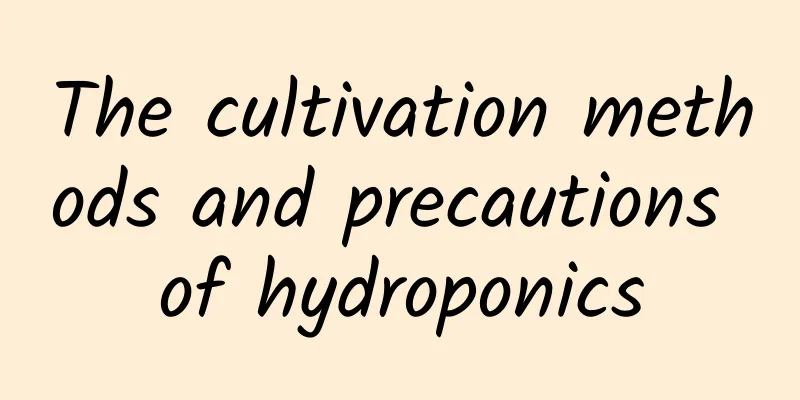What crops are suitable for growing in swamps? What crops are suitable for growing in swamps?

|
Swamps refer to muddy areas that have been soaked in water for a long time, with marsh soil on top and a latent layer below. This type of soil has good water retention and high organic matter content. After drying, the volume shrinks and the air permeability increases. There are many crops that can be grown on swamps, common ones include lotus, water lily, artemisia selengensis, water celery, lotus root, calamus, sugarcane, wheat, watermelon, water chestnut, etc., or some sedge and moss plants. Artemisia selengensisArtemisia selengensis can be planted in swamps. It is also called water wormwood and water wormwood. It is mostly distributed in swamps in various places. It is shade-tolerant and moisture-tolerant. During maintenance, the field should be kept moist and weeds should be removed in time. Lotus rootLotus root can also be planted in swamps. The plant likes warmth and humidity, but is not shade-tolerant. During the maintenance period, you must not let the soil lack water. In addition, the requirements for nutrients are very high. Just follow the principle of "thin fertilizer and frequent application". sugar caneSugarcane can also be grown in swamps. It is a temperate and tropical crop. Before planting, the soil should be cultivated and weeds should be removed. The annual rainfall in the planting area should be between 800-1200 mm. TaroTaro, whether it is water taro or dry taro, likes moist natural environment conditions. Dry taro requires moist soil during its growth period, while water taro requires a certain water layer during its growth period. Water taro needs to be cultivated in paddy fields, low-lying land or ditches. Although dry taro can grow in dry land, it still needs to maintain the ecological characteristics of swamp crops, and it is recommended to be planted in humid areas. LotusLotus does not require a high growth environment. Generally, it can be planted in places with water, such as swamps, ponds or lakes. It likes a sunny environment, and its flowers and leaves will grow more luxuriantly in the sun. |
<<: Three methods of applying basal fertilizer. Which fertilizers can be used as basal fertilizer?
Recommend
How to survive the winter in hydroponic lucky bamboo
1. Temperature Hydroponic lucky bamboo is very af...
How to fertilize dahlias
How to fertilize dahlias 1. When applying fertili...
Advantages and Disadvantages of Cherry Brandy Rose
Cherry Brandy rose is an ornamental rose bred in ...
Will Holly bear fruit in the second year? (Does Holly bear fruit in different years?)
Holly is a very popular potted plant during the C...
The roots of her spider plant are thicker than ham, and the flowerpot is even cracked. The secret is this!
How to grow roots of spider plants How to Care fo...
Is carambola a fruit or a vegetable?
Is carambola a fruit or a vegetable? Star fruit i...
How to water the potted Ixora
Key points for watering potted Ixora Potted Ixora...
How long is the growth period of osmanthus?
Introduction to Osmanthus Growth Sweet osmanthus ...
How long is the growth cycle of Impatiens?
Introduction to the growth of Impatiens Impatiens...
When and what fertilizer to use for orchids in spring
1. Fertilization in early spring In early spring ...
Is planting Dendrobium officinale profitable? Planting prospects and profit analysis
Is planting Dendrobium officinale profitable? Den...
How to water the rubber tree in winter
Watering rubber trees in winter Rubber trees need...
How does the Bilei drum explode?
1. Soil suitability In order to make the hibiscus...
What diseases does Propineb treat?
Propineb is a zinc-rich, fast-acting, long-acting...
How to grow the newly bought lucky bamboo in water
1. Water quality For plants grown in water, water...









